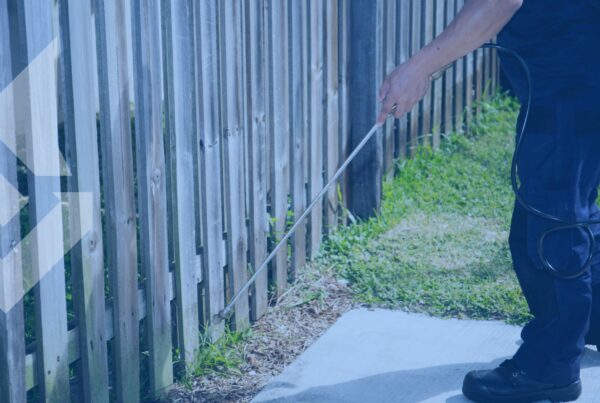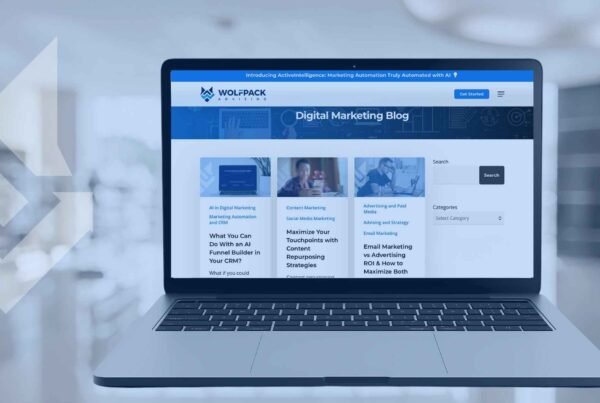Last updated on December 19th, 2025 at 02:18 am
To successfully generate targeted leads means reaching potential customers who are already a match for your service. That means people with a real need, the right budget, and the decision-making power to move forward.
If you’re struggling to reel in qualified leads for your business, it’s probably not a service problem: chances are, you’re just not attracting the right people…yet.
Here’s how to fill your sales funnel with opportunities that actually get you somewhere.
Contents
Know Your Ideal Customer Profile (ICP)
You can’t bring in targeted leads if you don’t know who you’re trying to reach. On average, companies that exceed lead and revenue goals are 2.4x more likely to document buyer personas.
Before you publish a blog post, launch a campaign, or create a free offer, take time to define your Ideal Customer Profile. This is a clear picture of the person or business that’s the best fit for your service.
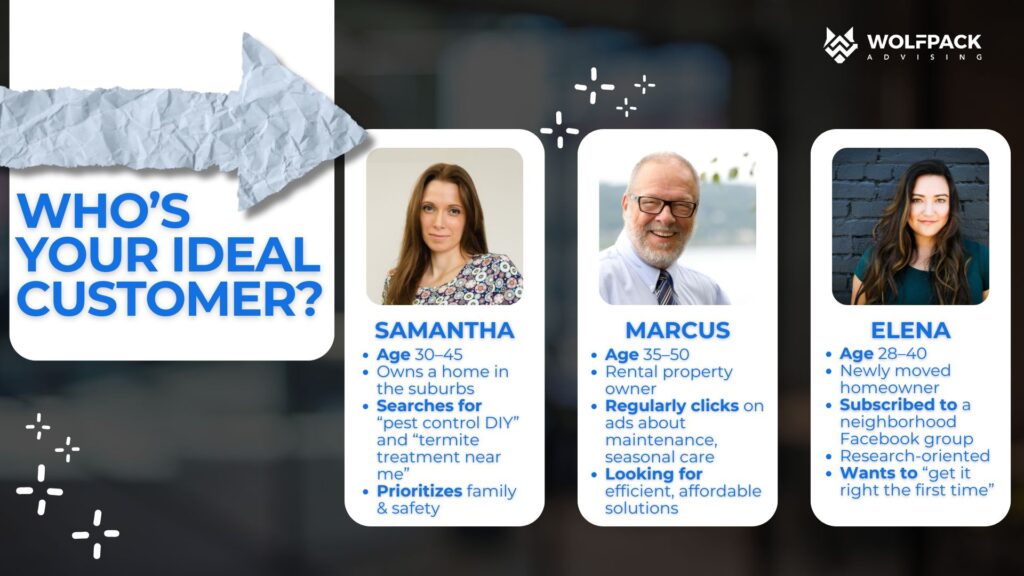
Ask yourself:
- What problem are they trying to solve?
- What’s their budget?
- Where are they located?
- Are they ready to buy now or just researching?
- What would make them say yes?
When you know the answers, your messaging becomes sharper. You stop marketing to the masses and start connecting with the people who are actually looking for what you do.
Leads From SEO
Search engines are often the first place someone turns when they have a problem. 53% of all website traffic comes from organic search.
If your content shows up with a helpful answer, you’ve just gained a warm lead.
Start by optimizing:
- Your service pages with clear descriptions and keywords
- Your blog posts with questions your clients are already asking
- Your Google Business Profile with accurate info and reviews
For example, a remodeling company might write a blog like “What’s the Right Budget for a Bathroom Renovation in [City]?” That post attracts people who are actively planning and researching their next move.
Simple, useful content works. The goal is to get in front of the right searcher at the right moment with the right information.
Leads From Advertising
Ads work best when they speak to one person with one clear problem.
Instead of running a generic ad like “Call for a Quote,” target a real scenario. For instance, a roofing company might run an ad that says, “Shingles missing after last night’s storm? Book a next-day inspection.”
That message is urgent, specific, and relevant.
To make your ads more effective:
- Use language your customers would use
- Keep your call-to-action simple and clear
- Match your landing page to the ad so there’s no confusion
If you’re spending money on ads, make every word count. Speak directly to the problem and the person who’s dealing with it.
And here’s something most overlook…not every lead will convert, and that’s okay. The key is to stay consistent, keep showing up with value, and not take every click or no-response personally.
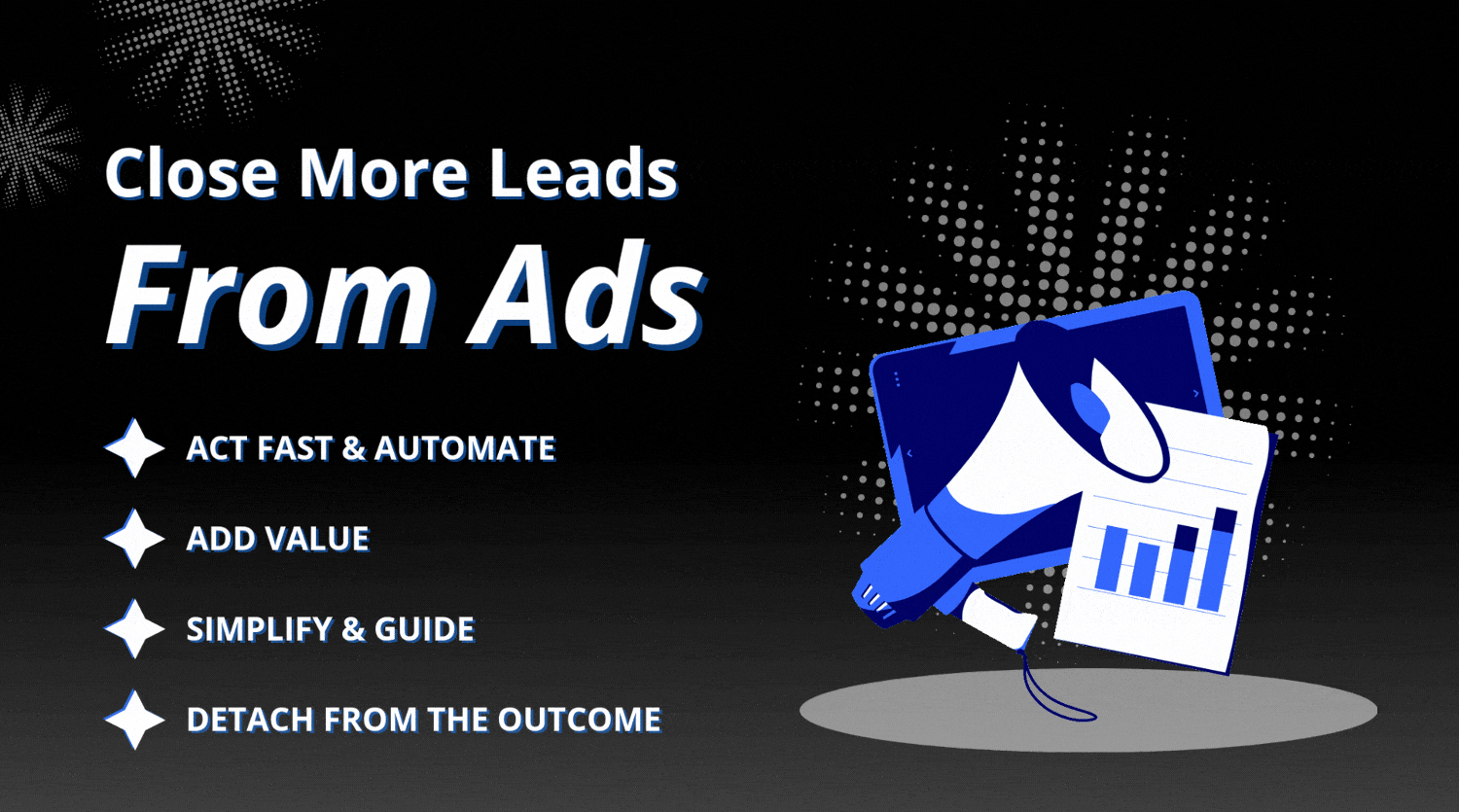
Lead Magnets and Resources
If you want to build a steady list of qualified leads, a lead magnet is one of the most effective tools you can use. A lead magnet is a free, valuable resource that someone can access in exchange for their contact information.
Think of it as a trust-builder. Businesses with effective lead magnets convert 50% more visitors into leads than those without
It gives your audience a quick win while giving you a way to start a conversation with people who are already interested in what you do. Here’s what makes a lead magnet work:
- It solves one clear, specific problem
Not all value is created equal. The best lead magnets offer a fast, relevant solution. Skip the long eBooks or overly broad guides. - It speaks directly to your ideal customer
If your audience is homeowners, business owners, or agents, speak their language. The goal is to attract the people who are most likely to buy from you. - It naturally leads to the next step
A great lead magnet creates momentum. After someone downloads it, they should feel confident, informed, and ready to take action (like booking a consult, replying to your follow-up email, or checking out your services).
Some Examples
- A home inspector might offer a “5 Things First-Time Buyers Forget to Ask During a Walkthrough”
- A contractor could give away a “Kitchen Remodel Budget Planner: Avoid the 3 Most Common Surprises”
- A real estate agent might offer a “Home Sale Prep Toolkit: Printable Cleaning & Staging Checklist”
Your lead magnet doesn’t need to be fancy. It just needs to be useful and specific. A one-page checklist, short video, or simple calculator can go much further than a long guide no one finishes.
Pro tip: Once you’ve got a great lead magnet, automate promotion for it.
Set up a short email sequence to deliver the download, share a tip or story, and invite them to take the next step with you.
If you’re not sure what kind of freebie would work for your business, think about the questions you hear most often. That’s usually the best place to start.
Leads from Social Media
Social media doesn’t have to be overwhelming. You don’t need to post every day or go viral. You just need to be helpful and present.
Use your feed to:
- Share quick tips that solve common problems
- Post before-and-after results or success stories
- Highlight real questions from real clients
- Offer free resources and booking links in your bio or captions
If someone finds you on Instagram or Facebook, give them a reason to stick around. Be clear about what you do and how to take the next step.
The goal is not just to build followers. It’s to create awareness and turn curiosity into action.
Segmenting and Nurturing With Email
Once someone joins your list, don’t treat them like a stranger. Segmented email campaigns can drive a 760% increase in revenue (no, that’s not a typo).
A short, thoughtful follow-up sequence can go a long way.
Start with:
- A welcome email that delivers your lead magnet
- A second email that shares a useful tip or case study
- A third email that offers a simple next step like scheduling a consult
If you’re using a CRM or email platform, segment your list by interest or service type. This way, each person gets messages that actually matter to them.
Even a small list can bring great results if you treat it like a conversation instead of a blast.
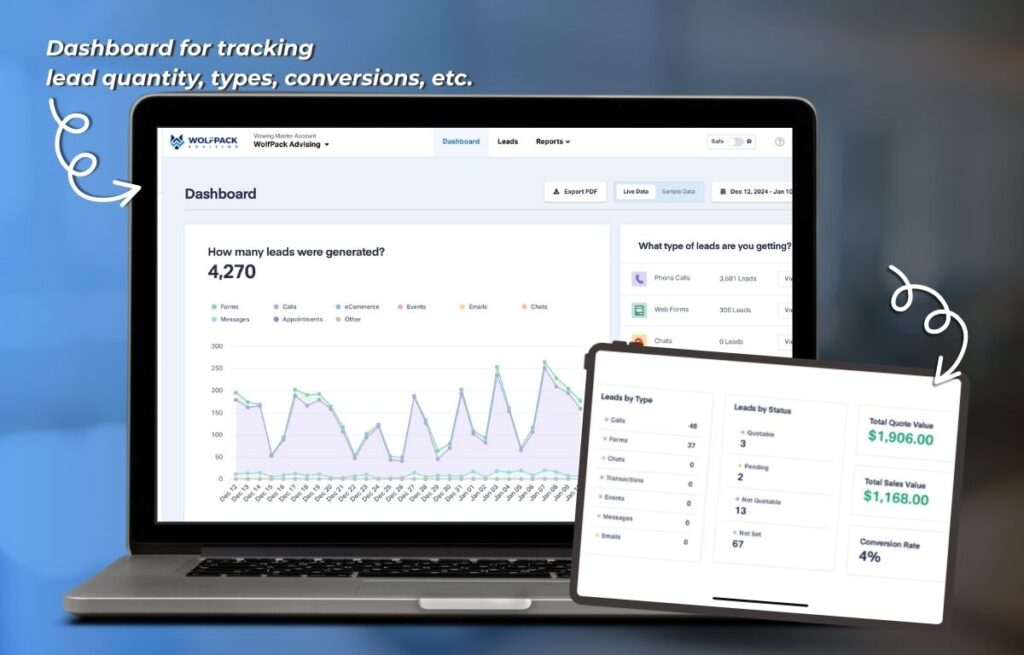
Tracking Lead Gen Wins and Losses
Intentional lead generation is how you ensure that you’re building a list of the best contacts for your business to nurture.
Use simple tracking tools to measure:
- Where your leads are coming from
- What they clicked or downloaded
- Whether they booked a call or filled out a form
Pay attention to patterns. If your blog leads convert better than your ads, lean into content. If one lead magnet brings in higher-paying clients, promote it more.
You don’t need perfect data to make better decisions. You just need to look at what’s actually working and adjust from there.
Related Questions
What makes a lead “targeted”?
A targeted lead is someone who fits your ideal customer profile and is already interested in solving the problem your service addresses.
Do I need a lead magnet?
It’s not required, but it’s one of the best ways to attract, qualify, and follow up with potential clients.
How long does lead generation take to work?
Paid ads can bring results in days. SEO and organic content take longer but often produce higher-quality leads. The key is consistency.
Final Take: Why and How to Generate Targeted Leads
You don’t need a massive list, but you do need to show up in the right place with the right message for the right person.
That’s what targeted lead generation is all about.
At WolfPack Advising, we help service businesses, local pros, and agencies build marketing systems that attract high-quality leads.
Ready to bring in better leads and close more deals? Book a consultation and get started putting your smart strategy into motion.



